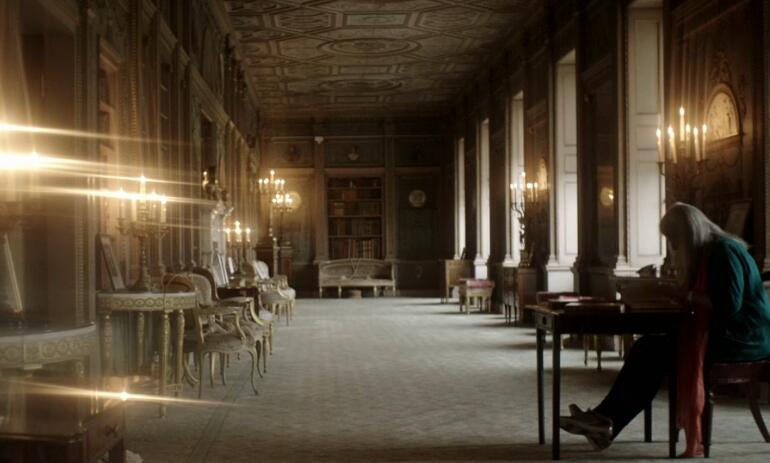Forever lying here in repose,
他長眠于此
he's a remnant of the style
成了希臘人很快就放棄的
that the Greeks were soon to leave behind.
雕刻風格的滄海遺珠
Because shortly after he'd been abandoned,
因為就在他被遺棄后不久
Greek sculptors developed an astonishing new style
希臘雕塑家們發展出了一種嶄新的風格
that was distinctly their own.
獨具希臘特色
There is a fundamental and universal paradox
雕塑家藝術作品的核心

at the heart of the sculptors' art.
存在著一種基本且普遍的悖論
The lived human body,
即有生命的人體
its mobility, it's warmth,
它的動態 它的溫度
its changing character, has to be fixed...
多變的性格 不得不被禁錮
..Suspended in the cold and lifeless mass that is stone.
停滯于冰冷無情的石頭中
It's always an artificial compromise.
一直以來這都是人工局限性作出的妥協
But the beginnings of the fifth century BC
但在公元前五世紀初
sees Greek sculpture spring almost to life.
希臘雕塑卻仿佛要蘇醒過來
The rigid figures of the past give way
過去的大刀闊斧不再
to daring experiments in form...
對形體的大膽嘗試走上舞臺
..Nuance and subtlety...
精雕細刻 肌理分明
..Movement and musculature.
張弛有度 動靜立顯
In under 200 years, Greek sculptors seemed to have developed
希臘雕塑家似乎在兩百年內發展出了
the tricks and techniques
一項神技
to weave the illusion of a living human body.
雕琢出的人體栩栩如生
So radical was the change
變化如此之巨大
that it has been called the Greek Revolution.
從而被稱為"希臘革命"
The exact cause of this revolution
這次革命的確切起因
is one of the great mysteries of the history of art.
是藝術史上幾大謎團之一
Some believe it was Greek democracy,
有些人認為是希臘的民主制度
of its new respect for the individual that launched it.
出于新的對個人的尊重而推崇此種風格
Others, that Greek artists just got better.
其他人則認為這只是希臘藝術家的又一進步











